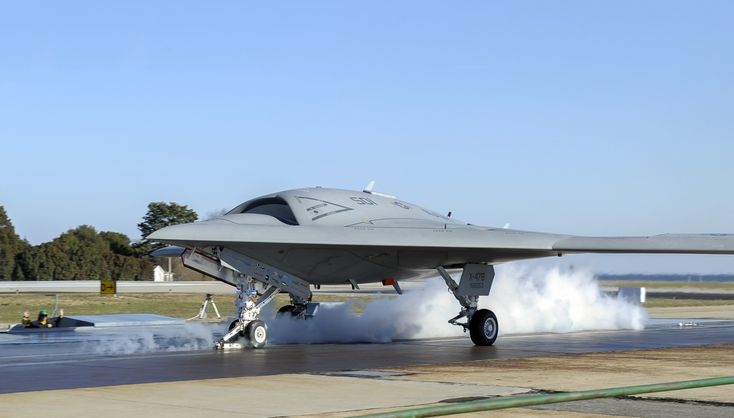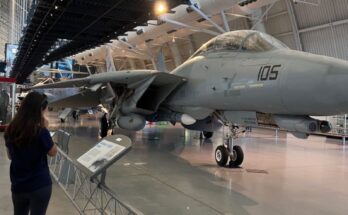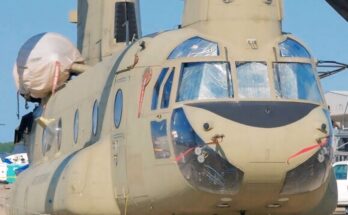
What Was the X-47B Carrier Demonstration?
The X-47B was an advanced unmanned combat aerial vehicle (UCAV), designed by Northrop Grumman under the U.S. Navy’s Unmanned Combat Air System Demonstration (UCAS-D) program. Its purpose was to test and validate the concept of autonomous, carrier-capable drone operations. Northrop GrummanWikipediahandwiki.org
Key Milestones:
- First Carrier Catapult Launch — On 14 May 2013, the X-47B was launched (via catapult) from the USS George H.W. Bush, marking the first time an unmanned aircraft departed from a landing carrier. airforce-technology.comWIREDWikipedia
- First Carrier Landing (Arrested Landing) — On 10 July 2013, the X-47B successfully executed its first arrested landing aboard the same carrier. Though only two of four attempts succeeded, it was a historic breakthrough. Wikipedia+1WIRED
- Simultaneous Operations with Manned Aircraft — On 17 August 2014, the X-47B operated alongside an F/A-18 aboard the USS Theodore Roosevelt. It launched and landed in close temporal proximity to the manned jet, achieving the program’s objective of integrated deck operations. Wikipedia+2Wikipedia+2naval-technology.com
- Night Operations and Deck Handling — By 2014, it had accomplished night flying, deck taxiing, and handling tasks, showing its versatility in real-world carrier environments. Wikipedia
- Autonomous Aerial Refueling — In April 2015, the X-47B executed the world’s first autonomous aerial refueling with a KC-707 tanker—another historic achievement. Wikipedianaval-technology.comcombattech.net
Why It Matters
The X-47B demonstrated core capabilities essential for integrating unmanned systems into traditional naval aviation:
- Autonomous takeoff and recovery within the constrained environment of a carrier deck.
- Seamless coordination with manned aircraft during launch and recovery cycles.
- Expansion into advanced operations like night deck work and aerial refueling.
Ultimately, the successes of the UCAS-D program laid the groundwork for the Navy’s future carrier-based drone systems—particularly the MQ-25 Stingray, a refueling drone oriented toward logistics support. WikipediaBolt Flight
Summary Table
| Milestone | Date / Period |
|---|---|
| First carrier catapult launch | May 14, 2013 |
| First arrested carrier landing | July 10, 2013 |
| Integrated operations with F/A-18 | August 17, 2014 |
| Night, deck handling operations | 2014 |
| Autonomous aerial refueling | April 2015 |
Let me know if you’d like to dive deeper—perhaps into how the navigation and control systems worked, more about the refueling test, or comparisons with later drones like the MQ-25 Stingray!


